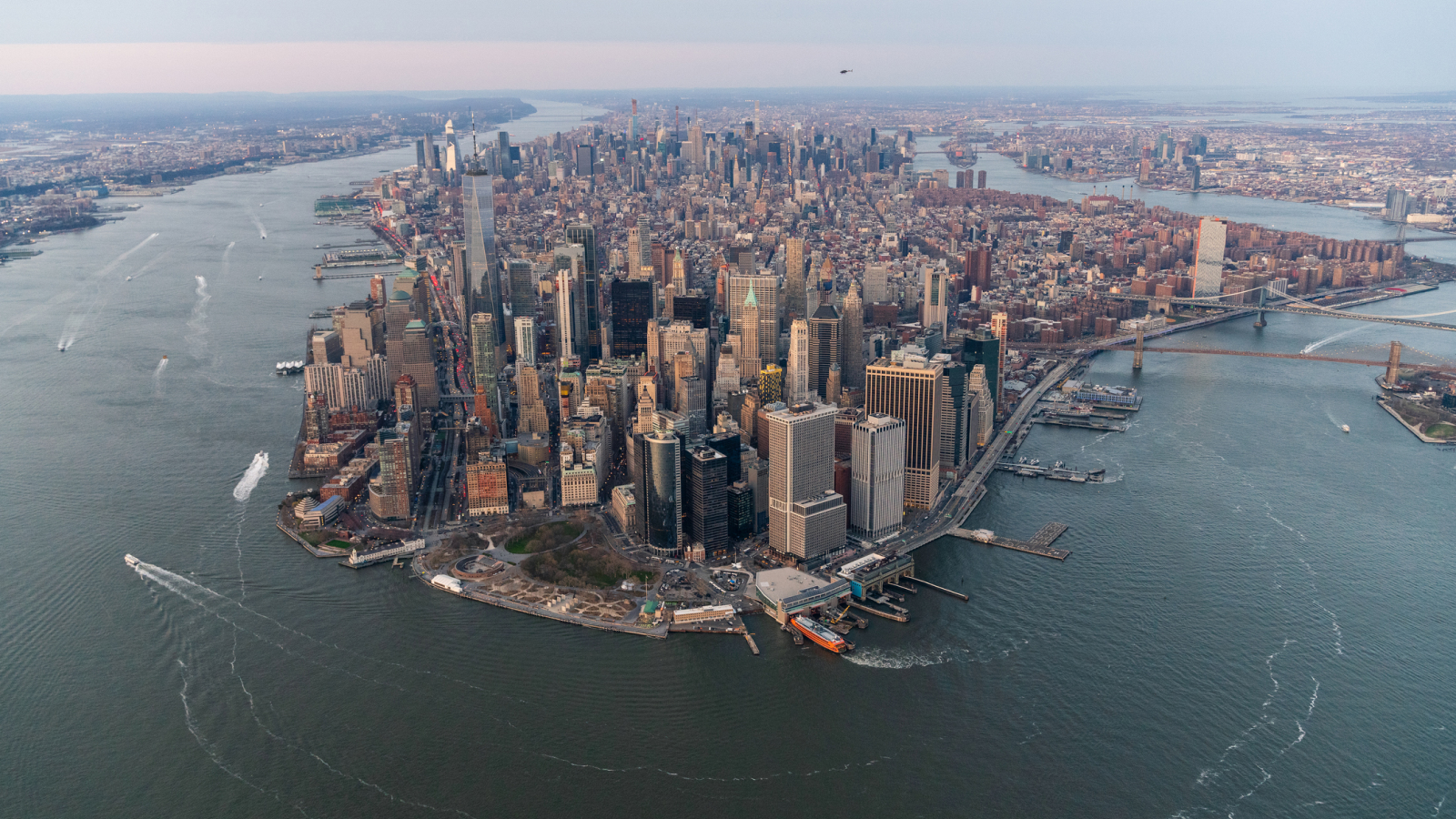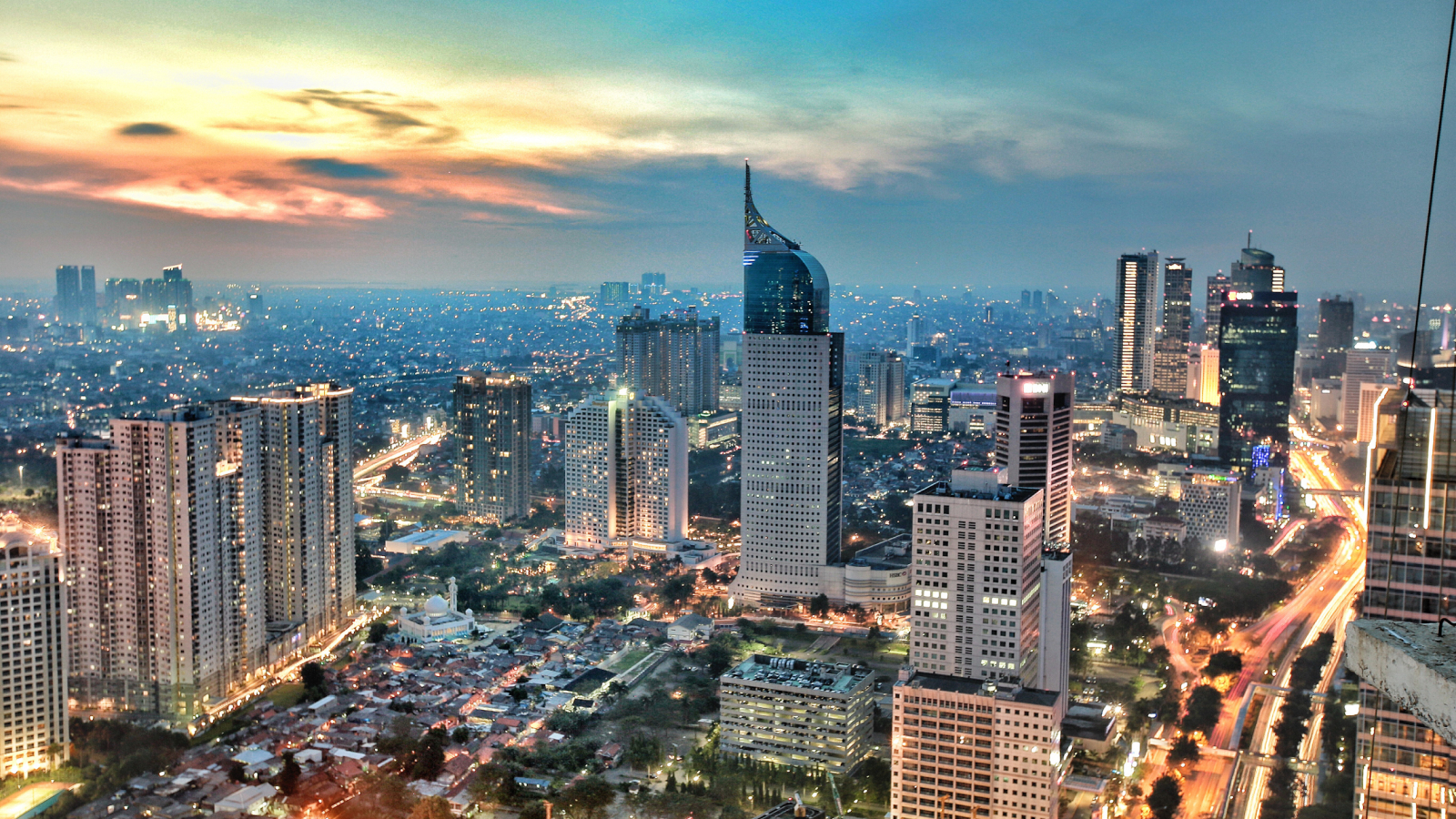A perfect storm of factors is causing major East Coast cities to sink. What are they, and can we do anything about it?
Cities along the Atlantic coast — including New York, Boston, and Miami — are sinking into the ground.

The idea of our major cities gradually sinking into the earth sounds like the plot of a science fiction movie. But research shows that some of the most densely populated urban areas in the United States, like New York City and Miami, are descending into the ground at an alarming pace.
This sinking of land, called subsidence, is happening faster now than in previous years. Both human-made and natural factors are to blame — from the impact of the ice age to the weight of our buildings.
In the U.S., cities along the Atlantic coast — including New York; Boston; Atlantic City, New Jersey; Jacksonville, Florida; and Miami — are sinking by as much as 0.2 inch (5 millimeters) a year, according to a study published Jan. 2 in the journal PNAS Nexus. Moreover, the land is subsiding while the sea level is rising, thereby increasing the risk of disastrous flooding in densely populated cities.
Impact of the ice age
Human activity is to blame for many of Earth's problems, but subsidence is also the result of natural activity caused by the last ice age, which lasted from around 126,000 to 11,700 years ago. The land that was under and around the ice during this period is still rising and falling in a process called glacial isostatic adjustment. This is when the pressure and weight of the ice pushed down onto the Earth, forcing the land beyond the ice’s perimeter upwards.
"Massive ice sheets blanketed North America up until about 10,000 years ago," Tom Parsons, a research geophysicist at the U.S. Geological Survey (USGS) who has studied subsidence in New York City, told Live Science.
"The weight of the ice pressed down on the interior of the continent, and if you imagine pressing your finger into a balloon, the center goes down but the edges bulge — and this is what happened to the U.S. East Coast," he said. "Now that the ice has melted, the interior of the continent is rising, and the bulge along the coast is sinking."
Soft land and excessive groundwater extraction
The land on which many major cities are built is also a factor. When humans first developed settlements, proximity to the sea or rivers ensured a good water supply for drinking, food and farming. However, this means many cities are built on soft, unstable soils.
Get the world’s most fascinating discoveries delivered straight to your inbox.
"Coastal cities are commonly built on land near rivers or estuaries, on top of sediment — often mud — that naturally compacts," Patrick Barnard, a research geologist with the USGS Pacific Coastal and Marine Science Center, told Live Science.
But although some areas may be prone to a natural amount of subsidence, human activity is accelerating it.
Meng "Matt" Wei, an associate professor at the Graduate School of Oceanography at the University of Rhode Island, said one of the biggest reasons for subsidence is excessive groundwater extraction. "It is a combination of the geological setting and a growing population that needs groundwater," he said.
When humans drain underground aquifers or extract natural gas from the ground, the empty spaces that are left behind can collapse, causing the land above to sink. And with more people living in urban areas, the problem is growing — subsidence caused by groundwater extraction is expected to affect 19% of the world's population by 2040. Even now, humans have shifted the distribution of water on Earth enough to alter the planet's tilt.
Related: Satellite images reveal just how much cities on the US East Coast are sinking
Weight of buildings
More than half of the world's population now lives in urban areas, where space is often in high demand and short supply. In cities like New York, people have created more room by building up — but these huge, weighty buildings are putting huge pressure on the land and driving subsidence.
To determine the extent of the problem, Parsons and researchers from the University of Rhode Island calculated the cumulative mass of over a million buildings in New York City. They found the total weight was 1.68 billion pounds (764 million kilograms). It shines a light on another issue: that human-made objects may already outweigh all life on Earth.
But what does this mean for people living in cities that are subsiding? Currently, the rate of sinking isn't so fast that cities will disappear below sea level anytime soon, Parsons said. "The most immediate issue is big storms and hurricanes that can force seawater into coastal cities, or heavy rainfall that overwhelms drainage systems," he said. "For every bit of sinking, it means more flood hazard."
Barnard noted that the effects of global sea level rise on cities is amplified when there is also localized subsidence - these two factors are combining to increase the risk of floods and damage to our cities. "It undermines building foundations, road beds, and transportation infrastructure, which threatens their structural integrity," he said. "It can also damage utilities like gas, water and electric lines."
Solving the problem of subsidence isn't easy. In recent years, architects and engineers have developed the concept of floating cities — like the prototype Oceanix Busan in South Korea — that adapt to sea level rise and are not at risk from the ground shifting below them.
In some areas of Asia, the subsidence has become so unsustainable that it is forcing cities to move. The Indonesian capital Jakarta —- a megacity of about 11 million people — has sunk more than 8 feet (2.5 meters) in the past 10 years, leading the government to make drastic plans to relocate the country's capital to the island of Borneo.
One of the most important ways to address subsidence is to manage water in a sustainable way, according to research. Harvesting rainwater, using treated sewage and surface water, and bringing old reservoirs back to life can help to reduce reliance on groundwater. However, tracking and monitoring the ground are also key.
"Part of the answer lies in accurately measuring the rates of subsidence so city planners and engineers can understand the risk and design — or reinforce — urban infrastructure with subsidence in mind," Barnard said.

Lydia Smith is a health and science journalist who works for U.K. and U.S. publications. She is studying for an MSc in psychology at the University of Glasgow and has an MA in English literature from King's College London.



